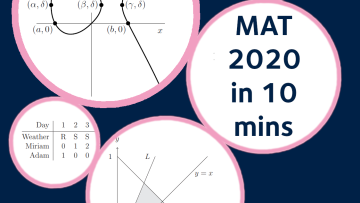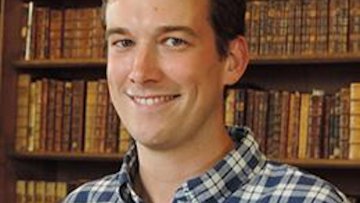16:00
Holographic correlators at finite temperature
Abstract
We consider weakly-coupled QFT in AdS at finite temperature. We compute the holographic thermal two-point function of scalar operators in the boundary theory. We present analytic expressions for leading corrections due to local quartic interactions in the bulk, with an arbitrary number of derivatives and for any number of spacetime dimensions. The solutions are fixed by judiciously picking an ansatz and imposing consistency conditions. The conditions include analyticity properties, consistency with the operator product expansion, and the Kubo-Martin-Schwinger condition. For the case without any derivatives we show agreement with an explicit diagrammatic computation. The structure of the answer is suggestive of a thermal Mellin amplitude. Additionally, we derive a simple dispersion relation for thermal two-point functions which reconstructs the function from its discontinuity.



